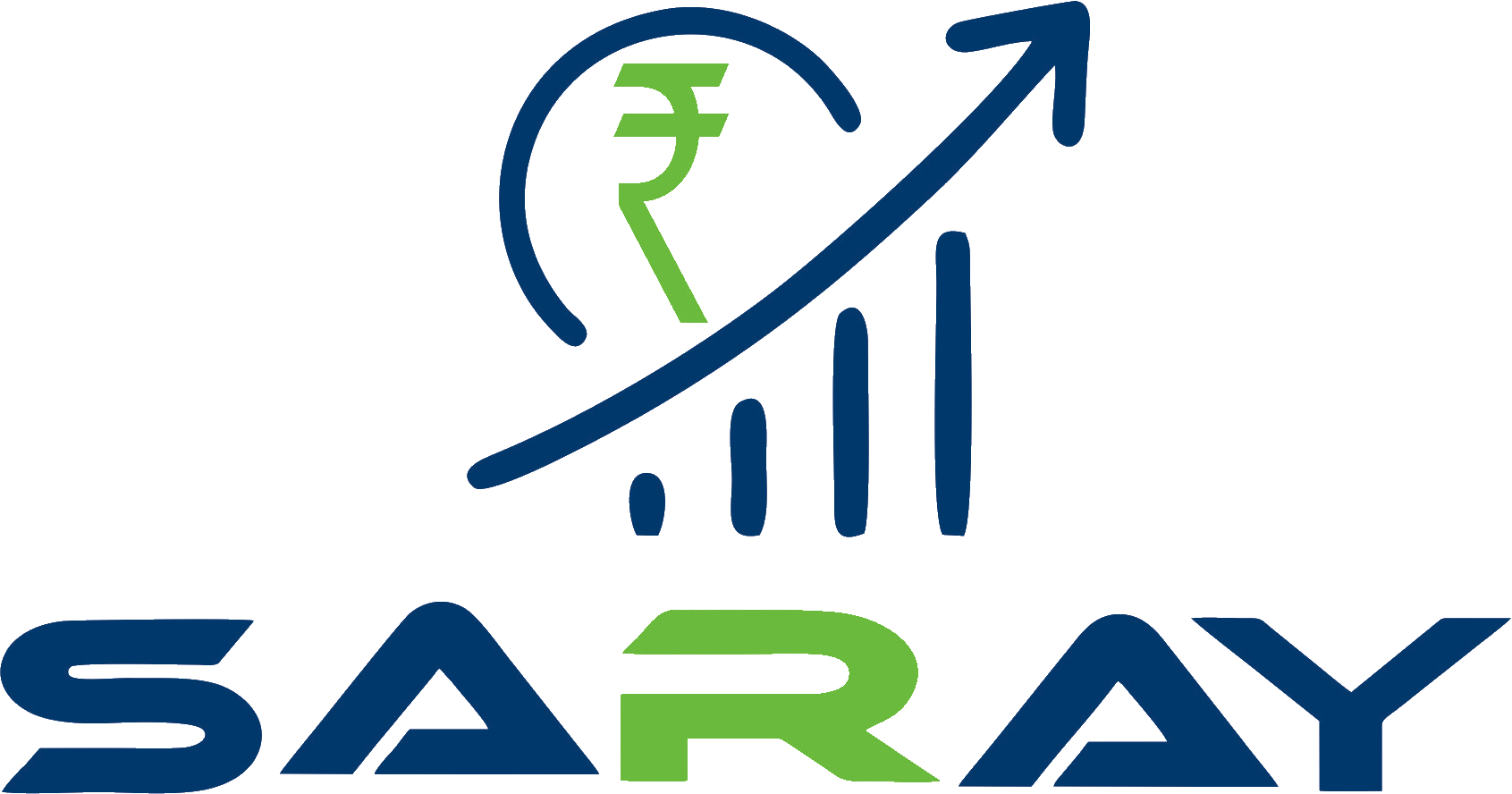Finance & Subsidies
- Home
- Finance & Subsidies
Project Finance and Construction Finance
Project Finance involves the structured financing of large-scale infrastructure and development projects, typically with long-term repayment schedules. This form of financing is tailored to the specific needs of the project and often involves multiple stakeholders, including investors, lenders, and sponsors. It allows for the allocation of risks and rewards among the parties involved, enabling the implementation of complex ventures such as power plants, transportation networks, and real estate developments.
Construction Finance, on the other hand, provides funding specifically for the construction phase of projects. It covers expenses related to materials, labor, equipment, and other costs incurred during the building process. This type of financing is essential for developers and contractors to manage cash flow throughout the construction period until the project reaches completion and generates revenue or secures permanent financing. Both Project Finance and Construction Finance play vital roles in facilitating the execution of large-scale projects and driving economic growth.
Home Loan (HL) and Loan against Property (LAP)
Home Loan (HL) is a form of financing tailored to individuals or families seeking to purchase residential properties. This type of loan provides borrowers with the necessary funds to buy a house or apartment, typically covering a significant portion of the property's value. Home loans offer flexible repayment terms, including options for fixed or variable interest rates and various tenure lengths, making homeownership more accessible to a broader range of people. These loans are secured by the property being purchased, providing lenders with collateral to mitigate risk.
Loan against Property (LAP), on the other hand, allows property owners to unlock the equity in their real estate assets by leveraging them as collateral for a loan. This form of financing enables individuals to access funds for various purposes, such as business expansion, debt consolidation, education expenses, or other personal needs, without having to sell their property. LAP offers competitive interest rates and flexible repayment terms, making it an attractive option for property owners looking to leverage the value of their assets to meet their financial goals. Both Home Loans and Loans against Property serve as valuable financial tools, empowering individuals to achieve homeownership or access liquidity while leveraging their real estate holdings.
Working Capital Loan and Term Loan
Working Capital Loan provides businesses with the necessary funds to cover their day-to-day operational expenses, such as payroll, inventory purchases, and utility bills. It is designed to help companies manage their short-term financial needs and maintain smooth business operations. Working capital loans offer flexibility in terms of repayment, allowing businesses to borrow and repay funds as needed, typically on a revolving basis. These loans are crucial for businesses to sustain and grow their operations, especially during periods of fluctuating cash flow or unexpected expenses.
Term Loan, on the other hand, offers businesses a lump sum of capital that is repaid over a fixed period, typically ranging from one to ten years. This type of loan is used for specific business purposes, such as financing expansion projects, purchasing equipment, or acquiring another business. Term loans often have fixed interest rates and regular installment payments, providing businesses with predictability and stability in their financial planning. Term loans are suitable for long-term investments that require substantial upfront capital, enabling businesses to achieve their growth objectives while managing cash flow efficiently. Both Working Capital Loans and Term Loans are essential financial tools for businesses, providing them with the capital needed to navigate short-term challenges and pursue long-term growth opportunities.
Unsecured Business Loans and Personal Loans
Unsecured Business Loans offer entrepreneurs and business owners access to capital without requiring collateral. These loans provide financial flexibility for various business needs, including expansion, inventory purchase, equipment upgrade, or working capital. Unsecured business loans typically have faster approval processes and fewer documentation requirements compared to traditional secured loans, making them an attractive option for small and medium-sized enterprises (SMEs) seeking quick access to funds. With fixed or variable interest rates and flexible repayment terms, unsecured business loans empower businesses to seize opportunities and overcome financial challenges without risking their assets.
Personal Loans, on the other hand, cater to individuals' financial needs, offering access to funds for personal expenses such as home renovations, debt consolidation, medical bills, or travel. These loans are typically unsecured, meaning they do not require collateral, and are granted based on the borrower's creditworthiness and income. Personal loans provide individuals with a convenient way to borrow a lump sum of money and repay it over a fixed period, usually through monthly installments. With competitive interest rates and flexible repayment options, personal loans offer financial flexibility to individuals, allowing them to achieve their goals and manage unexpected expenses effectively. Whether for business ventures or personal endeavors, unsecured loans play a crucial role in providing individuals and businesses with the financial resources they need to thrive and succeed.
Preparation of Project Reports
Preparation of Project Reports is a crucial step in the planning and execution of any business venture or development project. These reports serve as comprehensive documents that outline the key aspects of the project, including its objectives, feasibility, financial projections, risks, and implementation strategies. Project reports are essential for securing funding from investors or financial institutions, obtaining regulatory approvals, and guiding project management teams throughout the lifecycle of the project.
The process of preparing a project report involves thorough research, analysis, and documentation of various factors influencing the project's success. This includes market research to assess demand and competition, financial analysis to determine costs and revenue projections, technical assessments to evaluate feasibility and scalability, and risk assessment to identify potential challenges and mitigation strategies.
Overall, the preparation of project reports is a critical aspect of project management and business planning, providing stakeholders with valuable insights and information to ensure the successful execution of projects and ventures.
